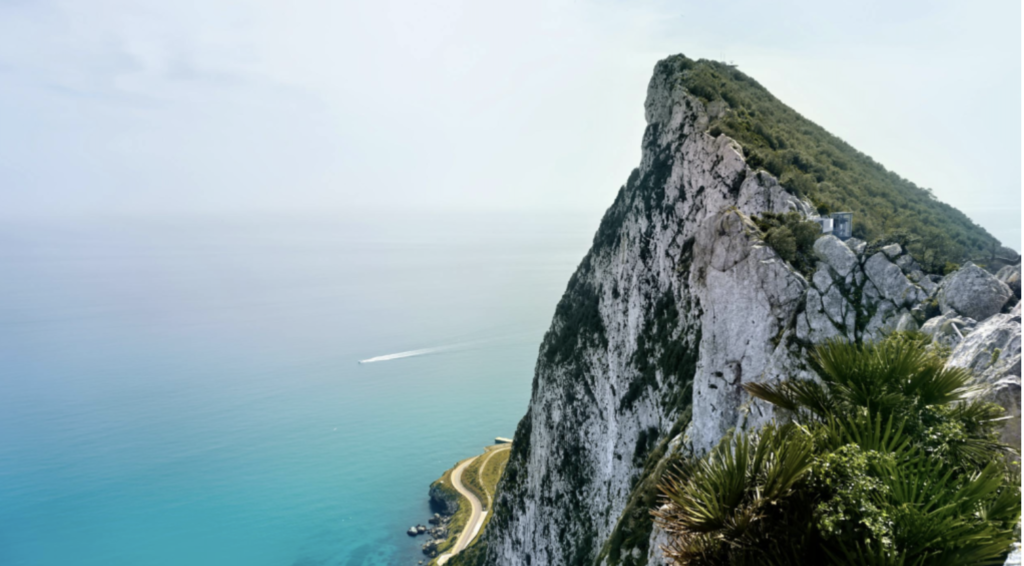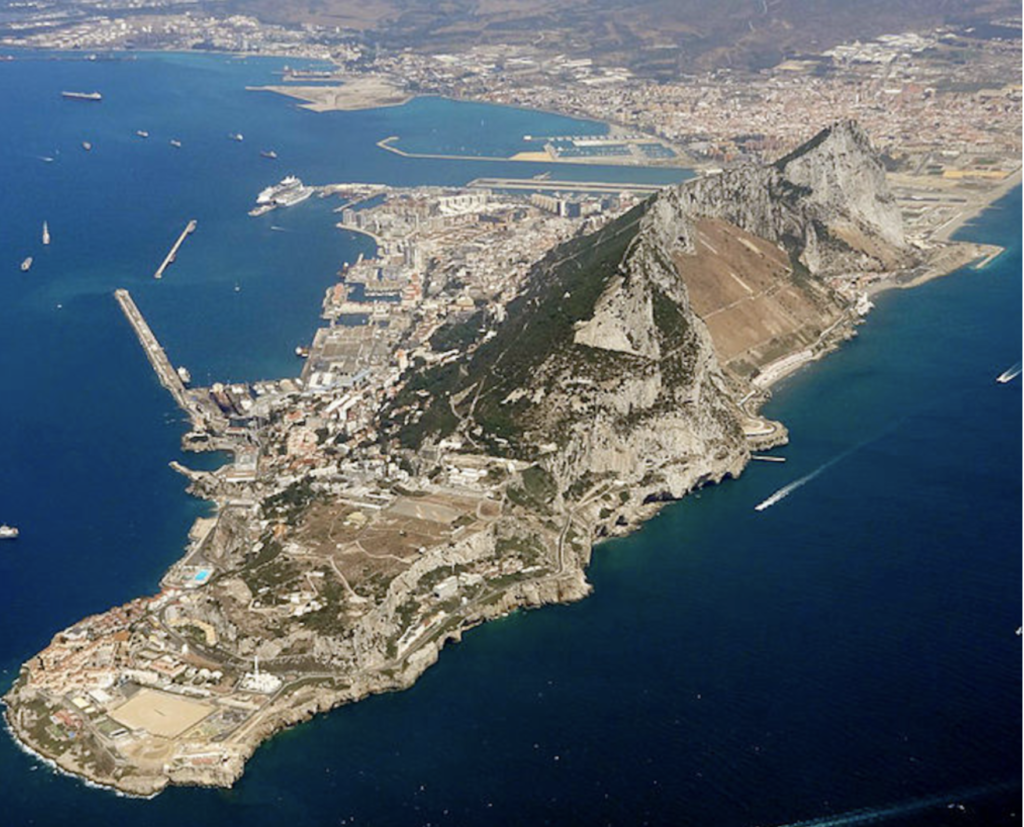Tariq Ibn Ziyad: The Story of the Muslim Conquest of Andalusia

By Mehdi El Merini / Arab America Contributing Writer
In the early 8th century, the Iberian Peninsula was on the brink of monumental change. The catalyst for this transformation was Tariq ibn Ziyad, a formidable Berber general whose actions led to the beginning of the Muslim conquest of Andalusia. This conquest would forever alter the cultural, religious, and political landscape of Spain and, by extension, Europe. Tariq’s bold leadership and strategic acumen were instrumental in bringing the peninsula under Muslim control. This laid the foundations for a civilization that would flourish for centuries.
The Prelude to the Muslim Conquest of Andalusia
The Iberian Peninsula, known as Al-Andalus by the Muslims, was ruled by the Visigoths before Tariq’s arrival. The kingdom was weakened by internal strife and political instability. King Roderic, who had seized the throne in a contested succession, faced opposition from rival factions, leaving his reign vulnerable. The Visigoths’ decline did not go unnoticed by the Umayyad Caliphate, which had recently consolidated power in North Africa. The Umayyad governor of Ifriqiya (modern-day Tunisia), Musa ibn Nusayr, saw an opportunity to expand Muslim influence into Europe.
According to historical accounts, Musa received an appeal for help from Julian, the Count of Ceuta, a Byzantine official and ruler of the North African coast opposite Spain. Julian sought to settle a personal grievance against Roderic—allegedly over the mistreatment of his daughter at Roderic’s court. He then offered his support to the Muslims in return for aid against the Visigothic king. With Musa’s approval, the stage was set for a reconnaissance mission led by Tariq ibn Ziyad. He would prove to be a key figure in the forthcoming invasion.
Tariq’s Landing and the Burning of the Ships
In April 711 CE, Tariq ibn Ziyad set sail from North Africa with a small force of approximately 7,000 men. This army was comprised of Berbers, Arabs, and freed slaves. His forces landed at the southern tip of the Iberian Peninsula, at a location that would later bear his name—Jabal Tariq, or Gibraltar. This strategic point provided a natural fortress and a gateway into the heart of the Visigothic kingdom.
Legend has it that upon landing, Tariq ordered his ships to be burned, an act that has been debated by historians but remains a powerful symbol of his resolve. The burning of the ships, if true, would have sent a clear message to his troops: there was no turning back, and their only option was to move forward and conquer. This decisive act likely bolstered the morale of his soldiers, instilling a sense of purpose and commitment to the cause.

The Battle of Guadalete
The decisive moment in the conquest came at the Battle of Guadalete, fought in July 711. King Roderic, alerted to the Muslim incursion, hurriedly assembled a large army, reportedly numbering between 25,000 and 40,000 men. Despite being vastly outnumbered, Tariq demonstrated remarkable strategic acumen. He divided his forces, using the terrain to his advantage, and executed a series of calculated maneuvers which exploited weaknesses in the Visigothic army.
The battle, fought near the Guadalete River in modern-day Cádiz, ended in a crushing defeat for Roderic. The Visigothic king was killed in the fighting, and his army was routed. The loss of their monarch and the disintegration of their military effectively left the Visigothic kingdom leaderless and demoralized. This opened the door for further Muslim advances into the peninsula.
The Aftermath and Expansion
Following the victory at Guadalete, Tariq’s forces quickly capitalized on their momentum. Cities and towns across the peninsula fell one by one, often with minimal resistance. Córdoba, Málaga, Granada, and Toledo, the Visigothic capital, were among the key cities captured by the Muslim forces. Tariq’s success was so rapid and extensive that Musa ibn Nusayr himself crossed into Spain with additional troops to assist in the consolidation of the newly acquired territories.
Within a few short years, nearly the entire Iberian Peninsula was under Muslim control. The region, now known as Al-Andalus, would become a flourishing center of Islamic culture, science, and learning, profoundly influencing the history of Europe. The cultural and intellectual exchanges that took place during the Muslim rule in Spain left an indelible mark on the continent, contributing to the eventual Renaissance and the shaping of modern European identity.

Tariq Ibn Ziyad’s Legacy
Tariq ibn Ziyad’s role in the conquest of Andalusia is a testament to his military prowess and leadership. His daring strategies and bold decisions not only secured a vast territory for the Umayyad Caliphate but also laid the groundwork for a unique and enduring civilization. Although his life after the conquest remains largely shrouded in mystery, with various accounts suggesting different fates, Tariq’s legacy is undeniable.
The Muslim conquest of Andalusia set the stage for an era of coexistence and cultural fusion among Muslims, Christians, and Jews that would produce some of the most remarkable achievements in architecture, philosophy, and science. The name Tariq ibn Ziyad is thus forever etched in history as the man who opened the gates of Europe to the Islamic world, initiating a chapter that would resonate through the ages.
Check out our Blog here!








